#taking notes
Text

GRIFTERS BONE
#grifters bone#the magnus protocol#the magnus archives#tma#tmagp#taking notes#i’ve never drawn/painted like this before#it looks a bit off#GRIFTERS BONE!!!!!!#saturn eats his son#the slaughter#tma podcast#tma fanart#tmagp fanart
3K notes
·
View notes
Text


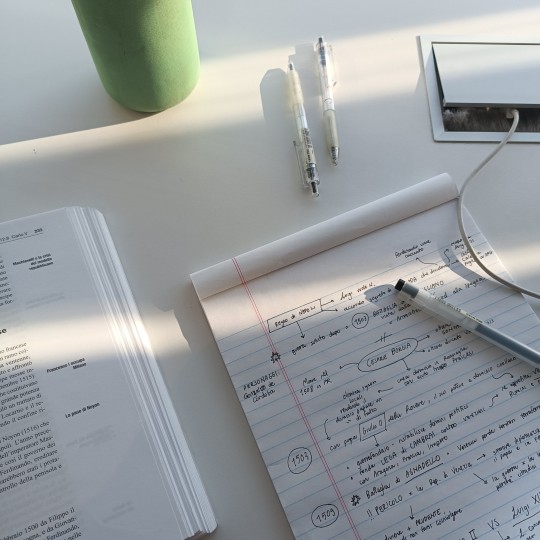
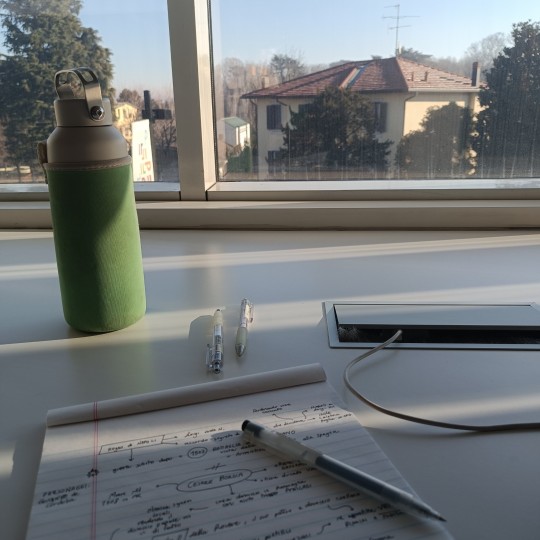
Always at my trustworthy local library 🌟📖
#studio#studyblr#study#studying#italian studyblr#books#notebook#agenda#students#student#notes#taking notes#winter study break#winter break#winter studying challenge#study time#study inspo#study session#study hard#study aesthetic#library#local libraries#bookstagram
1K notes
·
View notes
Text
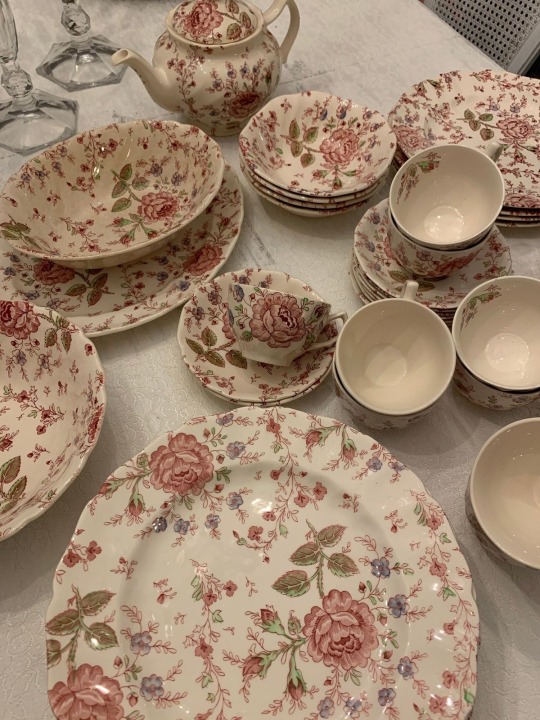
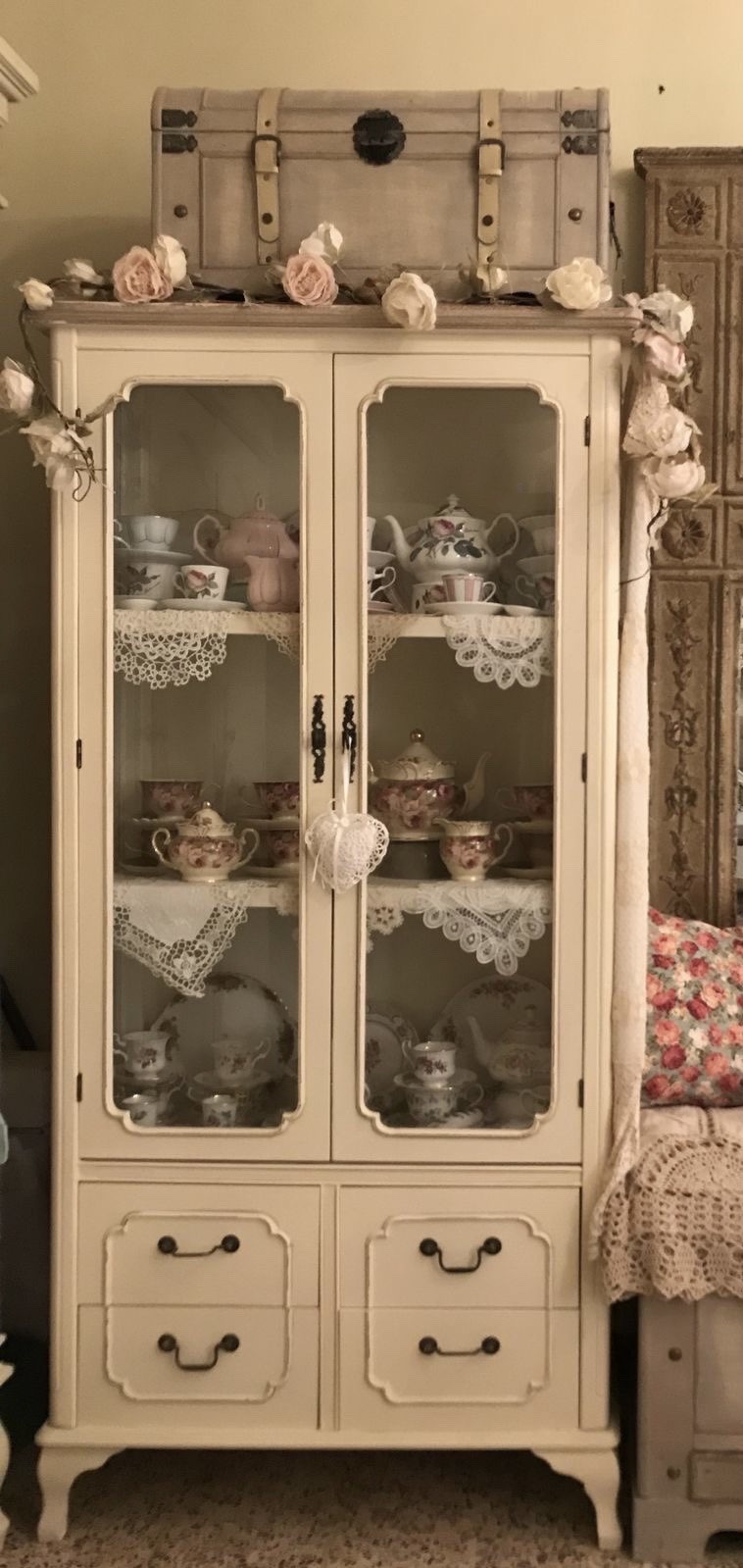
dainty & delicate
#taking notes#aesthetic#cottagecore#homedecor#cozycore#grandmacore#coquette#doll#dolly#cottage core#pink#house
694 notes
·
View notes
Text

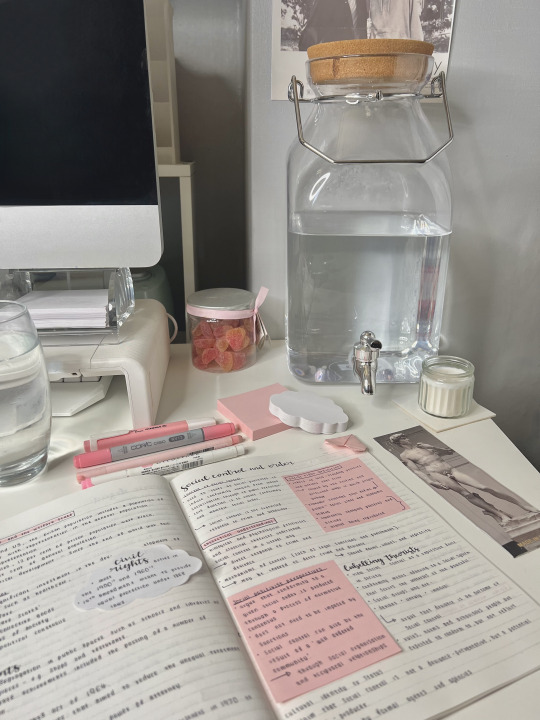
Happy wednesday !!🤍
i hope everyone is having a beautiful start to the new year :) starting 2024 with pink notes and a small portion of my desk setup <3
using the kokuyo campus notebook in pink!
#study aesthetic#study notes#aesthetic notes#taking notes#studygram#myhoneststudyblr#studyspo#studyvan#lawdegree#criminology#new year#nye 2024#on wednesdays we wear pink#pink blog#soft pink#aesthetic#pretty things#study inspiration#inspiration#instagram#artists on tumblr#handwriting
444 notes
·
View notes
Text
Pov: TMAGP Ep 4

349 notes
·
View notes
Text
Guys I made a discovery!! (Spoilers for EP 4 and EP 9 of Protocol)
I’ve been re-listening to all the current protocol episodes with my grandma over spring break (me and her have been listening to tma together for 2 years) and I think I noticed something that I haven’t seen anywhere else. In episode 4 when Augustus is reading the statement about the hunger violin, the statement mentions a few things the stranger has in is sack along with said violin

When I heard gamblers dice be read my jaw dropped to the floor!! there is no doubt this stranger was carrying around the dice from episode 9: Rolling with it. Because of this tie-in I think this strange trinket man will be a recurring avatar. My guess is he will take a similar rolls as Salesa, dealing in cursed artifacts that were gifted power by the entities.
Just in case it comes back here’s a list of all the stuff mentioned to be in the Trinket man’s sack
Battered knives
Chipped porcelain
Fine jewelry (this one is kind of vague tbh )
Ivory figures
I’m guessing because the dice are mentioned with extra emphasis, we won’t see anymore of the for mentioned items but you never know
I think we all need to be on the watch for The Trinket Man
#augustus tmagp#the magnus protocol#tmagp#tmagp theory#freddy tmagp#tmagp spoilers#tmagp 4#tmagp 9#rolling with it#taking notes
117 notes
·
View notes
Text

after @coyoteclan's absolutely stunning art of Lee, i wanted to make them something in return, and of course went with what i do best--walking pose on a brown background. here's their leader, Frondstar, and my very own Frogkit. I think he'd be very excited to meet another cat with vitiligo :)
#fallenart#frogkit#coyoteclan#seriously their art is SO fucking good#jaw dropped scrolling through their blog genuinely#coyoteclan i hope you enjoy this even if its not on the same level as your art of Lee v_v#OBSESSED with the way you draw vitiligo btw it looks so good#taking notes
191 notes
·
View notes
Note
Media icons have f slur videos all the time, go all the way coward. Video where Bunlith explains how to build a pipe bomb to the viewer. Video where Bunlith gives basic, dispassionate sex ed to the viewer. Video where Bunlith reads various declassified Department of Defense documentation about US war crimes. Video that's just Bunlith listing oil executive names and public addresses. Become unmarketable.
holy fuck this is next level shshshsshgsh
507 notes
·
View notes
Text



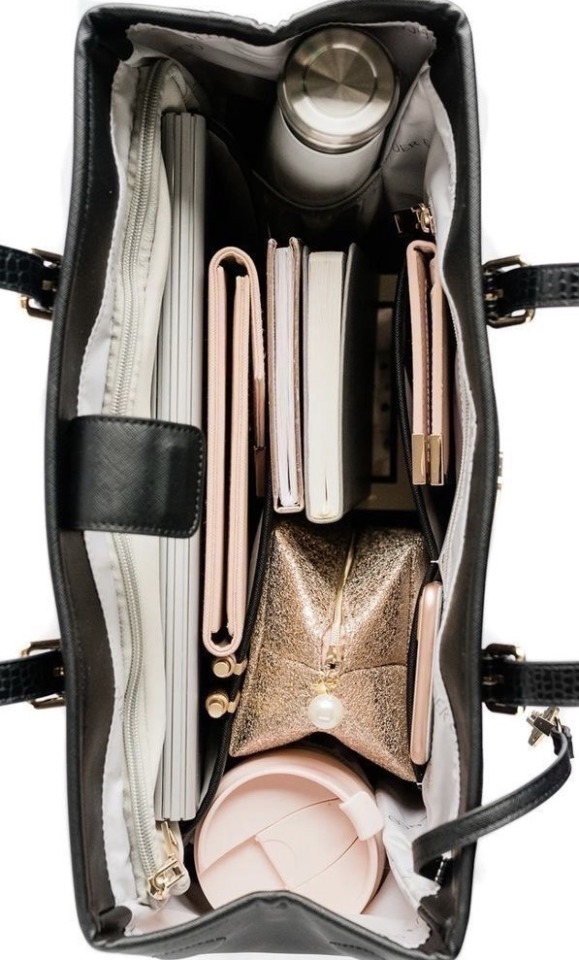
Study, coffee, purse ౨ৎ
#girlblogging#2014 girl#viral#2015 aesthetic#makeup#it girl#tumbr girl#coffee#starbucks#hairstyle#study motivation#study blog#study notes#iced coffee#coffetime#totebag#purse#taking notes#academic validation#study aesthetic#cafe aesthetic#aesthetic
164 notes
·
View notes
Text



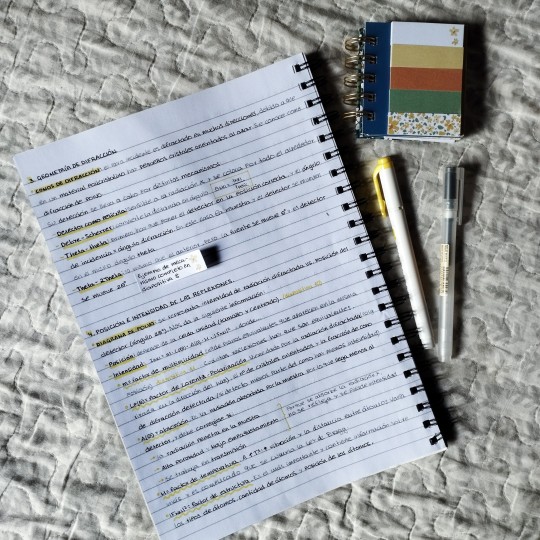
December 17, 2022
Posting late once again but this time is because I wanted to post these cute pictures of today 🎄☕
#study with me#study blog#studyblr#study tips#study notes#studygram#university#study buddy#study mode#taking notes#studyspo#study aesthetic#studying#study#studyspiration#studystudystudy#study setup#study space#study session#study skills#collegeblr#college#chemblr#chemistry#bujolife#study bujo#bujo#bujocommunity#bujoblr#bujospo
955 notes
·
View notes
Text
Just realised that in The Magnus Protocol 4 when the player protects his fingers with the bandages the violin can't get any blood or flesh. That's why it makes the audience descend to violence, to provide it.
75 notes
·
View notes
Text
From Notes to Grimoire
I’ve talked some about my thoughts and recommendations for taking notes for witchcraft, but what comes after that? In my method, notes are taken in a date-based, linear fashion. Subjects aren’t usually grouped together (unless you’re using separate notebooks for specific topics), and it can be tough to use rough notes like that for much more than basic study. I said in that post that I wasn’t talking about a reference document; I was just talking about writing down thoughts, ideas, spell tests, book notes, study notes, theory notes, and other assorted things as you research and learn about your craft.
So what about when you want to take your rough study notes and turn them into a nice-looking, well-organized, practical collection that’s better for regular referencing and actual use? That’s when you go from notes to grimoire.
(Note that this post is loaded with my opinions. I say it throughout, but go into this knowing that I’m speaking from my personal perspective — you won’t, and really you shouldn’t — agree with everything I say here.)
What Goes into a Grimoire?
Ultimately, what you put in your grimoire is up to you. I’m of the opinion that grimoires are and should be working documents. If you aren’t familiar with the term “working document,” it just means that the contents of the grimoire are always under construction. It means that you’re allowed to add, remove, and modify things as your practice changes over time. It also means that you’re supposed to reevaluate the grimoire’s contents every so often to make those updates. Complacency is the enemy of progress — there’s always a new question to ask or a new perspective to take. Keep the working document mentality in mind while you decide what to put in your grimoire.
With that said, in my opinion, a grimoire is not a place to take raw notes, write out theories, test spells, or even record divinations. Those things ought to go in your notebook, not your grimoire.
A grimoire is a reference document. It holds information on the spells, rituals, traditions, incantations, observances, and materials you actually use and need to look up. Grimoires are practical tools. Yes, they can look nice, but if the function isn’t there, it isn’t a grimoire — it’s just a scrapbook.
So, what should you put in a grimoire? Here’s a general idea of things I’d recommend:
Proven spells and recipes
Rituals you perform and when you perform them
Sigils, symbols, and spell vessels you’ve made and what they’re for
Instructions for making or obtaining materials for spellwork
A reference sheet for making substitutions
Holidays and events you observe and how you observe them
Divination instructions, including cartomancy spreads, magpie oracle charm lists, symbols you look for, and other relevant information
Plant, herb, stone, and crystal profiles
Fire, smoke, pet, and other safety details and instructions
Your astrological chart and its meanings
Profiles on spirits and deities you work with, including preferred offerings, important dates, descriptions of vessels, and details about any ongoing deals or agreements
Anything you commonly need to reference from books, online articles, or other sources
Conversely, here are things that should not go in a grimoire:
Notes on books you’re reading
Spells that are works in progress
Drawings of sigils in progress
Divination notes
Lists of books you want to read
Lists of topics you want to research next
Notes on spirit encounters
Journal pages
Rambles on magic theory
Information that has nothing to do with your witchcraft, spiritual path, religion, or other related field
Information you simply will not use
Obviously, you can add and remove things as you see fit. You should put whatever you commonly reference and whatever is practical for you in your grimoire. If you’re using it all the time, put it in there. If you don’t use something that “everyone” says “has” to be in your grimoire, don’t put it in. For example, I don’t use my astrological chart for anything. I know my big three, and that’s good enough for me. So, it doesn’t go in the book, no matter how many times I see it on those “what to put in your grimoire!” lists that go around witchblr every so often. Similarly, if you don’t have pets, you don’t need to put pet safety information in your book.
Use your common sense and discretion. Your grimoire is yours. If it isn’t practical, don’t put it in. If it is practical and relevant to you, but no one “recommends” putting that particular bit of information down in a grimoire, who cares? Write it down. You can always take it out later.
Creating and Maintaining a Working Document
Now, you’ll see grimoires referred to as working documents (or “living” documents) pretty frequently. You’re allowed to (and meant to) change things over time as you and your practice change.
But how do you do that? How do you keep an organized, practical reference document if it’s constantly changing?
Well, first of all, stop over-thinking it (I say to myself, frequently and loudly). Second of all, no matter what format you choose, from bound notebooks to binders to apps, the primary idea is to evaluate the contents regularly and to keep them in some kind of predetermined order. How that will look and how frequently you do reviews depends on you, your preferences, your practice, and the medium you choose. So, let’s have a look at some options and how I would suggest setting them up as a working-document-grimoire.
Binders
First (and best, in my opinion), are binders. There are a plethora of sizes and styles, so you can choose based on portability, available volume, color, and features according to your needs.
By far, the greatest benefits of using a binder for a grimoire are versatility and adaptability. You can create sections by inserting hunks of cardboard, sheets of colored paper, or pre-made pages with tabs that stick out for easy navigation. And, if you decide you don’t like the way your sections are organized, you can easily open the binder rings, take the section out, and put it wherever you want. In the same way, you can add and remove pages to any section at any point. You don’t have to allot space ahead of time or worry about running out of room in a given section.
Binders have a sort of inherent working document nature. With these, I would recommend reading through the entire thing at least twice a year to review the contents. When something sticks out as inaccurate, unused, or outdated, remove it. You can discard the page entirely or set up a separate “archive” folder to keep it in so you can look back and remember what you’ve taken out. (I keep one of these, though I’m considering moving it into a folder clipped into the back of my grimoire binder.)
On the other hand, if you find something in your grimoire that needs more attention, detail, or elaboration — or you just get inspired and want to add a new spell or bit of information to what’s already there — you can pull out the old page and replace it, or you can add a new page right after the existing one.
It’s up to you how frequently you go through your grimoire. Remember that this is a practical reference document. Set it up in a way that makes sense to you. Again, the nice thing about binders is that if you decide the way you’ve set it up is no good, you can change it without having to start over completely.
Notebooks
Obviously, there are a ton of types of notebooks out there. It comes down to pure personal preference what kind you go with.
Because notebooks can’t be rearranged in the same way that a binder can, keeping one as a working document obviously looks different. With any kind of bound notebook, I recommend doing a sort of yearly review. If much of your practice has changed, or if you find you’ve run out of room in your grimoire for new entries, it’s time to start into a new notebook. This doesn’t mean you have to disregard the original grimoire entirely.
You can copy over spells, information, and whatever else you like into the new book and shelf the original as a relic or treat the books like volumes in a series. In that way, you wouldn’t copy more than the essentials into the new grimoire; you would instead add entirely new spells, rituals, and information to it.
Either way, I would suggest dating the books. I would jot down at least the year(s) you work in the grimoire for organizational purposes. Remember that practicality and usability are the names of the game. You want to be able to use these books as references for your magical practice to help you remember things accurately.
The major drawback of any kind of notebook is that if you find you hate the way you’ve set it up, you can’t just go back and rearrange it. Once it’s down on paper, it’s down. You would either have to rip out the pages and move them manually, leaving them loose or re-pasted into their new places, or start up a new notebook entirely.
On the other hand, that has benefits, too. It removes the temptation to arrange and rearrange endlessly. If you’re indecisive and would waste too much time worrying about layout as opposed to getting a functional document up and running (even if it’s imperfect), a notebook may actually be a pretty good choice for you. It’s an exercise in tolerance for imperfection, to say the least.
Now, let’s have a brief look at different kinds of notebooks.
Divided Notebooks
First, let’s look at notebooks that come divided already. Whether it’s a subject-divided spiral notebook, a journal with built-in title pages, or journals that are divided into smaller journals inside them, part of the work has already been done for you.
A drawback of using these types of notebooks or journals is that you lose the ability to decide how much space is given to a particular subject. On the other hand, it can make getting started much, much easier. My first grimoire was in a large spiral-bound five-subject notebook. I divided it into five sections: Spells, Holidays and Seasons, Spirits, Plants, and Miscellaneous. Granted, at the time, I was taking notes into my grimoire. It wasn’t a very practical document; that wouldn’t come until several years later, when I figured out why I couldn’t remember anything with any sort of reliability. Now, I’ve got very strong opinions on note-taking and record-keeping.
It’s the chemistry nerd in me.
Blank Notebooks
This includes plain lined notebooks, unlined notebooks, and bullet journals. These are harder to use, in my opinion. I don’t think they’re very friendly to beginners who are creating their very first grimoire. These lend themselves better to note-taking notebooks than official grimoires, but you can certainly make them work.
To make a blank notebook function as a grimoire, you should spend a bit of time deciding the order of contents. How many pages do you want to dedicate to a given subject? What subjects will you place next to each other? Will information about moon phases be followed by planetary information, or will you talk about moon water and moon-based spellwork? Do you want to create sections and title pages ahead of time?
To make it organized, you’ll want to decide these things somewhat in advance or leave room to add them later on. It’s easier to add (taping, gluing, paper-clipping, etc.) or remove (cutting, tearing, etc.) pages in some notebooks than others. Take that into account when you choose a notebook for your grimoire!
Sketchbooks
For the more artistically inclined magical practitioner, a sketchbook might make a good choice. If you plan on using materials like paint or watercolors, the thicker paper stock would be a solid asset. Artists will feel right at home drawing sketches, diagrams, sigils, and other illustrative details in their grimoires with a sketchbook. They have the same drawbacks as blank notebooks, being complete blank slates that you have to plan around, but they do end up being very nice to look at.
Like with blank notebooks, consider the order you want to put things in. Jot down titles, content, and ideas for drawings or art pieces you’d like to include in the final product. Remember that because the book is bound, you may not be able to add things to sections that have already been filled in. Consider artistic ways to show what’s on a given page to make it easier to manage — color-coded page edges, for example, might be an idea.
Junk Journals
I genuinely wouldn’t recommend using a junk journal for a formal grimoire. By their nature, they’re messy, disorganized, and difficult to parse through for information. They’re fun to make, don’t get me wrong — I love a junk journal for regular journaling and inspiration. But they don’t lend themselves toward organizational systems. If you’re going to use a junk journal as your formal grimoire, you’ll either have to resign yourself to hunting through pages for what you’re looking for or do some extensive planning in advance.
The best way to make a practical, working-document-style junk journal would be to combine it with a binder, I think. Create those iconic, aesthetic pages. Punch holes in them and place them into a binder in the correct location. That way, you still get the pretty aesthetic of the junk with the practicality of what a grimoire should actually be.
(Personally, I would use the junk journal aesthetic for section title pages in a binder — give it some personality and decoration without sacrificing any of the practicality.)
Digital Documents
I say that binders are the best option, but honestly, digital grimoires are up there, too. If you need to keep your magical practice more secret, if you don’t have time or energy to put together a physical book, or if you would prefer to have a system you can reorganize at the drop of a hat, digital grimoires might be right for you.
There are a ton of programs out there you can use. I’ve used Word, Scrivener, and Obsidian for grimoires and/or witchcraft note-taking, personally. Of them all, Obsidian is the one I would recommend most strongly. Word is… well, it’s Word. Scrivener is wonderful as a writer’s tool, and I use it to write these posts! I had moderate success with it for grimoire work. By far, Obsidian has been the best. The back-linking capabilities alone revolutionized the way I set up my grimoire (and other reference documents, including TTRPG notes). I really can’t recommend it enough.
Another program I’ve seen recommended frequently is Notion. While I can’t speak about it myself, since I haven’t used it, it does get rave reviews — particularly from folks who like to have a nicer aesthetic for their craft. Obsidian is pretty bare-bones aesthetic-wise, so if that’s important to you, Notion may be an option to consider.
With digital grimoires as working documents, I would follow the same guidelines as with a binder. Review the contents regularly, archive anything outdated, and evaluate the organizational layout for practicality. My biggest suggestion is to date the individual entries. Include the date you first create the page, obviously, but I would also include the date of the most recent update. If you want to get really lab-notebooky and formal about it, you could include every date you update it. (That’s what I do, personally, but I come from a database management background.)
The main downside to a digital grimoire is accessibility. If you’re out in the middle of nowhere without a computer or cell service, you may not be able to access your grimoire. I’ve seen folks set up entire grimoires using the notes app on their phones to make it easy to carry around, which is fine… unless you find it difficult to type with a phone keyboard. Physical books can be transported via bags, and they don’t need to be charged like a phone or laptop.
I also find that digital grimoires often lack the charm of a physical one. Even pretty, aesthetic templates on Notion are missing that witchy feeling. You know the one I mean — cracking open a tome of secrets to access the magic within just can’t be done through a screen.
Turning Notes into Reference Materials
This is probably the toughest part. After you decide what you want to include in your grimoire, now you’ve got to actually go through your notes and put together your collection.
The tone of your grimoire doesn’t necessarily need to be overly formal. It also doesn’t have to be publisher-ready. You aren’t writing a book on magic. You’re putting together a collection of materials that you want to be able to reference quickly and easily. It doesn’t have to make sense to anyone else or be absolutely perfect. Remember — this is a working reference document for you. If you mess it up, you can fix it later. Don’t be afraid to cross stuff out or be a little messy. So long as it stays practical and reference-able, you’re fine.
Spells and rituals are probably the easiest things to copy into a grimoire. You might even be able to copy them over verbatim from your notes, depending on how you took the notes. Bring over any changes you made to the spell, clean up the language, and make it easy to read. If you’ve scribbled on your notes, bring over any annotations that make sense. I wouldn’t copy all commentary; just the things that impact the working itself. You can include a “notes” section after the spell itself if you want to make note of your personal thoughts regarding the spell, what to expect during or after, and other information that might be found in the margins of your raw notes. Trim the excess. You don’t need your “lol this ingredient looks like a dick” joke in your grimoire, but you might want the “this ingredient can cause eye irritation, so don’t touch your face after handling” note.
If you’ve ever written an essay for school, I usually recommend a similar process. Your notebook is the basic first draft. For your grimoire, clean up the draft, fact-check yourself, jot down your sources, and then make it look nice.
“Making it look nice” could mean drawings, stickers, washi tape, pictures, and the like… or, it could mean choosing a clean font and ordering your steps numerically. If you’re hand-writing your grimoire, do your best to keep your writing legible. Always remember that these pages are intended as a reference document. If you can’t go back and read it, it’s failing in its function! That applies to overly-decorative pages, too; if your aesthetic is obscuring the information inside the grimoire to the point where you can’t parse the instructions on the page, it isn’t a grimoire anymore. There’s nothing wrong with a pretty, aesthetic inspiration book, but that’s not what we’re going for here.
My biggest piece of advice when transferring notes into a grimoire is to be practical. Not everything you learn about and jot down in your journal or notebook can (or should) make into your grimoire. If you aren’t going to use a spell, don’t include it. If you don’t go by the Wheel of the Year, don’t put those holidays down in your grimoire. Learning about things and taking in information is what the notebooks are for. Grimoires are akin to manuals.
Only take what you need from your notes. Think about what you want to incorporate and what you already use in your actual practice. You wouldn’t want to take down all of your notes about that witchcraft book you just finished, but maybe there was a spell or a correspondence table that you keep going back to look at. That’s something to put in your grimoire.
My Grimoire
I’m of the opinion that you shouldn’t share your grimoire with just anybody. Frankly, not a single person in my life has ever seen mine. I’ve shown off examples, and I’ll share my note-taking journal(s) on occasion, but you’ll never see my actual grimoire. My grimoire is for me. It isn’t for the aesthetic, and it isn’t for show. It’s a reference document that details my entire practice, from spells adapted from various sources to spirits I’m allied with to traditions that have been passed down in my family.
To no one’s surprise, I actually keep two grimoires. I’ve got my digital grimoire in Obsidian, which also doubles as a note-taking repository. I have several physical notebooks scattered around that I use in the moment, but everything gets recorded digitally for posterity and easy perusal. My Obsidian files are divided into categories which are then sub-divided into specific subjects. Raw notes, experiments, and theory crafting are kept separate from the reference sections.
And I keep a physical grimoire. I used to struggle with keeping physical grimoires. I was always unsatisfied with them, or I forgot about them, or I changed my mind about how I wanted them to be organized mid-way through and ended up frustrated. It’s why I swapped over to exclusively using digital programs — and why I landed at Obsidian in the first place.
But now, having a very good digital system in place, I find myself wanting to travel with my grimoire. I want to take it with me so that I can perform spells on the go. I’d like to take it to the cemeteries and forests I frequent to discuss its contents with those spirits and to accurately perform rituals without having to look at a blurry picture on my phone. Recently, I decided to repurpose an old binder that I once used for character creation. It’s got a pencil pouch in the front, and it isn’t too large to carry around. Plus, to the untrained eye, it just looks like a very nice student’s school binder. I could easily take it to a coffee shop to work on it and raise precisely no eyebrows.
It’s been a work in progress to decide how I want to lay it out. Writing this post and the taking notes post have been really helpful, actually. I think I’ve finally got a solid idea of what I want to put in it and how. It isn’t ready to show off, but I do think that once I have the layout settled, I’ll share more specifics about it to illustrate some of my points made here. Depending on what I decide to share, it may end up a Ko-Fi exclusive. (Just the layout/title cards would be fine to be totally public; pictures or descriptions of the actual pages would be exclusive.)
Ko-Fi supporters saw this post a full week early! If you enjoyed this post, consider throwing a couple dollars in my tip jar to get early access to posts like this one, plus exclusive extras. One-time supporters get 30 days of access to my backlog of exclusive posts, and members get extra benefits like discounts and more content. All support helps me keep the lights on and this blog active. Thanks!
#aese speaks#witchcraft#witchblr#witch community#taking notes#grimoire#making a grimoire#witch tips#for beginner witches#practical witchcraft
77 notes
·
View notes
Text
babes wake up new limited edition Flesh violin just dropped
#tmagp#tmagp spoilers#the magnus protocol#the magnus protocol spoilers#alice dyer#samama khalid#rusty quill#taking notes
103 notes
·
View notes
Text
My best friend came to help me with my notes today 🐱 the fluffy paws were all the motivation I needed to get these pages done!
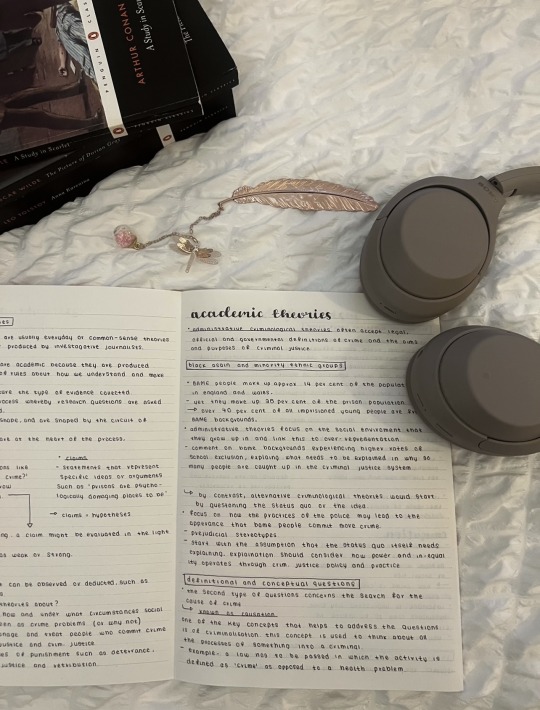

Hope everyone has a productive day! :)
#study aesthetic#study notes#aesthetic notes#taking notes#studygram#myhoneststudyblr#studyspo#college#medicine#criminology#lawdegree#headphones#books & libraries#classic#college student#university student#notes#revising
554 notes
·
View notes
Text
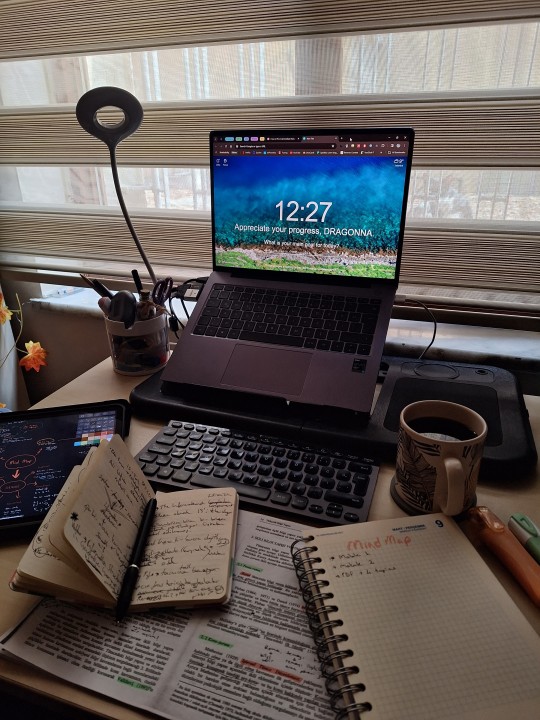
I've recently been exploring the mind map note taking concept. To be honest, after being exposed to traditional studying methods for a very long time, implementing mind map techniques and spaced retrieval systems were quiet challenging. Linear note-taking always felt like a waste of time for me and for a second I thought this might be the case with mind maps too, but it actually helps you to visualize information and organize it in a way that you make connections and build strong relations between concepts.
Sometimes I get distracted when the map turns into chaos, so I start playing with colors and try to draw perfect circles :) Apart from that, I'm really satisfied with the mind map method 📝
P.S. I got a cute stalker right behind the window.
#study area#study desk#desk setup#studyblr#cozy#coffee#reading#study motivation#studying#winter#cats#ipad notes#ipad#mind map#study method#taking notes#note taking#study notes
64 notes
·
View notes
Text
I can’t believe I forgot what a smooth motherfucker Peeta was, man was spitting the best flirtations the world had ever damn seen
#seriously every line out of this kids mouth is swoon worthy#IM swooning#taking notes#✏️ 📄#how tf did Katniss resist#peeta mellark#katniss everdeen#everlark#the hunger games trilogy#the hunger games#thg
56 notes
·
View notes